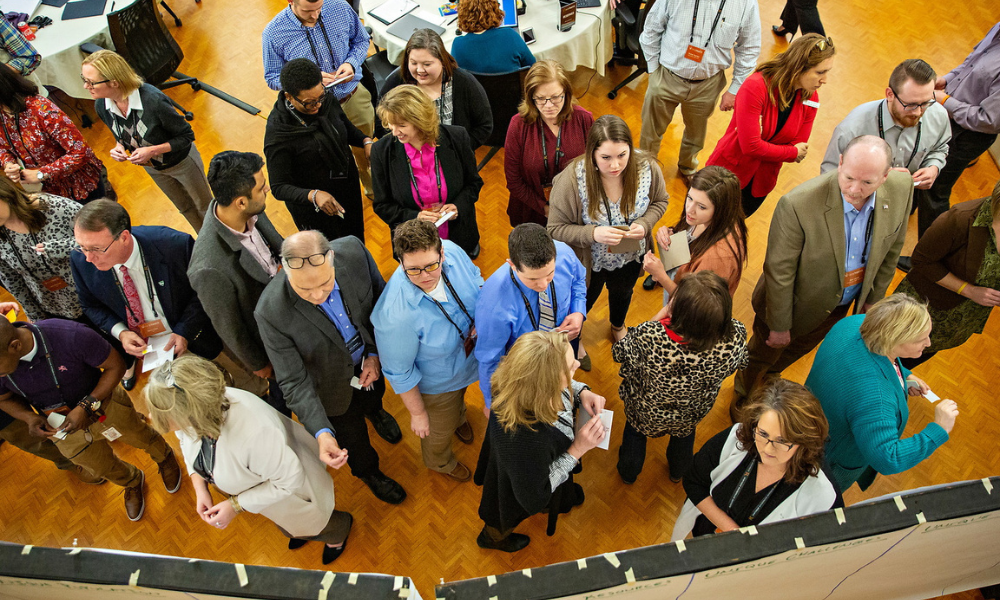I am going to let you in on a bit of insider baseball. Do you know those problems you see in your community or the country you live in? Problems that seem so multi-faceted and insurmountable that you sometimes wonder what could ever change? Those problems have a name: wicked problems.
A wicked problem is a problem that is difficult to solve because the root cause is not clear, and the people affected have competing ideas for how to solve it. “Wicked” doesn’t mean evil but implies that the problem is resistant to a permanent and universally accepted solution.
Originating in the field of social planning, design theorists Horst Rittel and Melvin Webber formally described wicked problems in 1973 with 10 characteristics. These include:
- There is no “single correct way” to define a wicked problem and no authority that can designate a problem as a wicked problem.
- Every wicked problem is unique.
- Every wicked problem can be considered a symptom of another problem.
- Wicked problems have no end, and no one person or entity can decide if or when a wicked problem has been resolved.
- We can work on alleviating the symptoms of a wicked problem, and lessen the effects of the problem, but it cannot be solved.
- Since there is no end to the wicked problem, there is no ultimate solution.
Wicked problems are enduring by nature, meaning someone must come along and “re-solve” the problem under new circumstances. This could be 10 or 100 years later. Much like a bridge built connecting two sides of a river, an engineer will eventually have to come along to make improvements or start work on a new bridge entirely.
The Institute’s work, in large part, deals with problems like these. The Arkansas Education Policy Initiative deals with educational disparities in K-12 schools. iR3 deals with roadblocks keeping Arkansans from reentering society after incarceration. The Arkansas Health Equity Collaboration deals with our state’s widespread food insecurity.
Now, we have three ways to approach problems like these:
One person, group, or organization decides how to resolve the problem and tells everyone what to do.
This is similar to authoritative, but a few different groups come up with different resolutions and everyone tries it their own way
Individuals are invited into a process that allows everyone’s ideas to be heard, and the group decides together what resolution to attempt.
If it isn’t apparent, the Institute prefers the latter. Our facilitators engage as many citizens as possible to find the best possible resolution for everyone. This approach means having multiple meetings to determine a mutual, agreed-upon approach after the discussion has ended. A significant advantage of this is that it encourages information sharing with people who might have been historically excluded from such discussions.
Whether he realized it or not, Gov. Winthrop Rockefeller was an expert at addressing wicked problems. When he came to Arkansas in 1953, he found education disparities, poverty, racial inequity, infrastructure problems, and poor prison systems. Gov. Rockefeller immediately started to think about what could be done to fix them collaboratively.
The Rockefeller Ethic is a roadmap for resolving wicked problems because it encourages us to seek out diverse opinions while centering conversation in respectful dialogue. The Institute is proud to carry Gov. Rockefeller’s collaborative approach to creating transformational change and, hopefully, making the problems feel less wicked.


